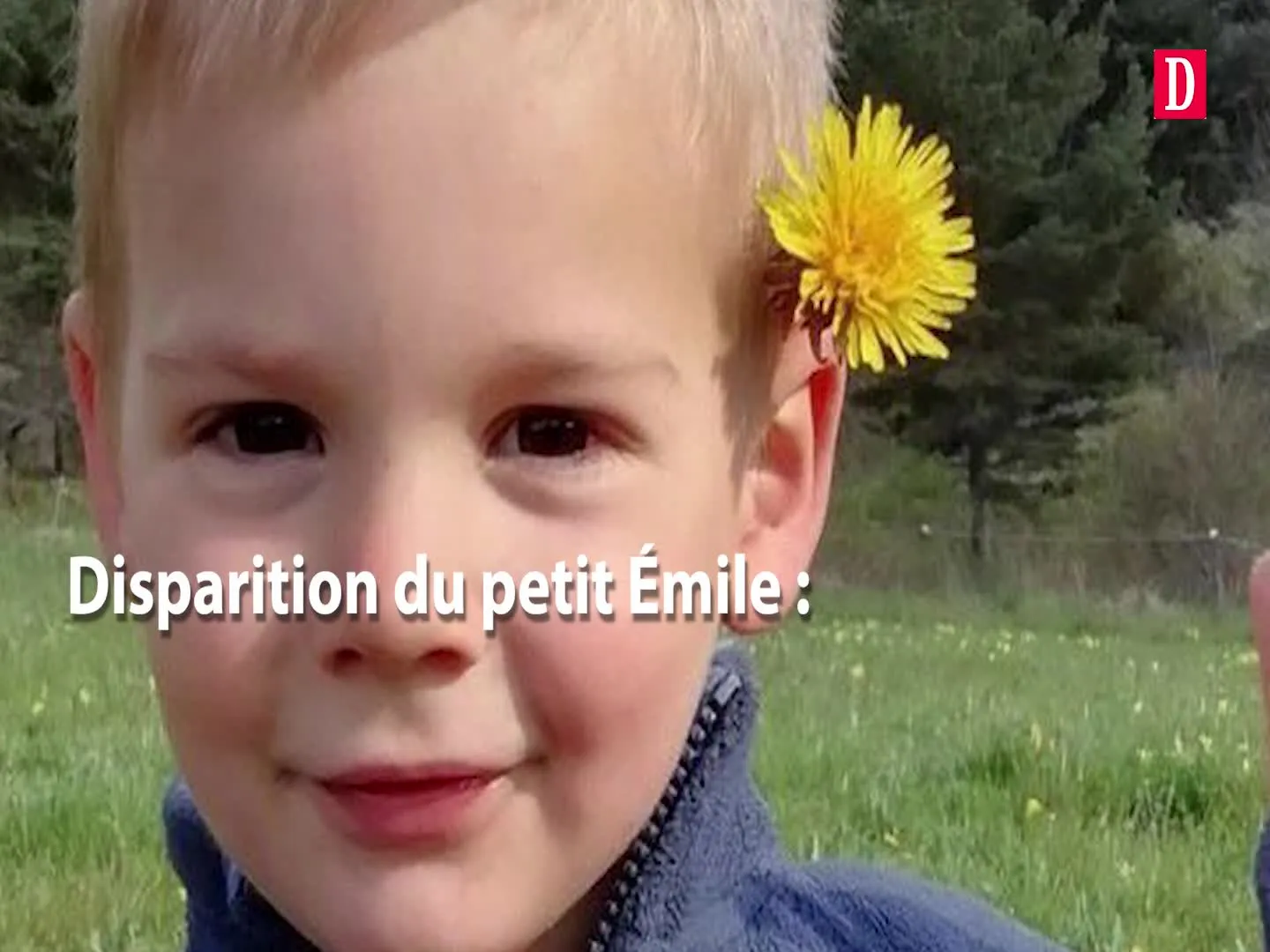Petit Emile Investigation Update: Discoveries and Ongoing Efforts

Details About Petit Emile's Case
The investigation concerning the death of Petit Emile in Haut-Vernet, Alpes de Haute-Provence, has entered a crucial phase as forensic analysis is completed. The Bordeaux laboratory has finalized its examination of the remains and clothing of the young boy, which has been reported by La Provence. Led by Professor Christian Doutremepuich, a renowned expert in DNA research, these analyses commenced in June and aim to form a complete picture along with previous assessments by the Criminal Research Institute of the Gendarmerie (IRCGN). A comprehensive report detailing findings is anticipated to be shared with judges in the coming weeks.
Thorough Examination of Evidence
- The laboratory, in operation for 25 years, meticulously examined the remains discovered on March 30, at a distance of 1.7 km from where Petit Emile vanished.
- Each piece of clothing and footwear belonging to the child, notably found laceless, underwent forensic scrutiny.
- These analyses are critical to establish whether DNA traces were present, which could confirm or dismiss foul play in this tragic scenario.
Significance of Technical Analyses
Despite ongoing investigations, Aix-la-Provence public prosecutor Jean-Luc Blachon reiterated last week that the criminal hypothesis remains very much alive. He indicated that the inquiry is still active, with judges pursuing in-depth technical analyses. Investigators also consider the possibility of animal involvement in the events surrounding the case.
As of late June, surveillance cameras and microphones were installed in the area where Petit Emile's remains and clothing were located. This monitoring aims to observe local wildlife and plant life for clues pertinent to the investigation.
Context of the Disappearance
For reference, the young Petit Emile, just two and a half years old, slipped from his grandparents' watchful eyes on July 8, 2023, in the small village of Haut-Vernet. Immediate search efforts were initiated from day one, yet tragically, they bore no fruit.
This article was prepared using information from open sources in accordance with the principles of Ethical Policy. The editorial team is not responsible for absolute accuracy, as it relies on data from the sources referenced.